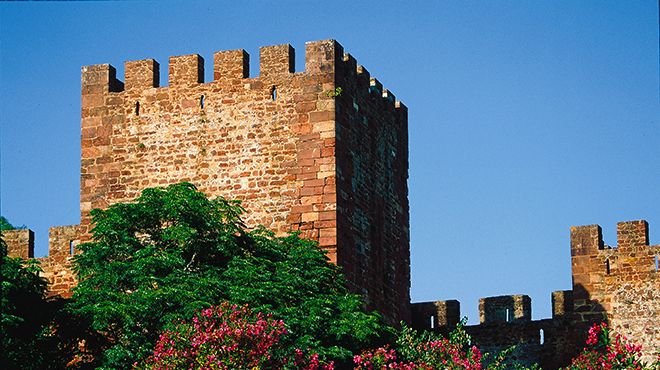Silves

Towns and Villages
Silves
Situated on a hill in the Serra de Monchique, Silves owes its foundation and development to the Arade River, an important communication route that attracted the settlement of people since the Iron Age, 3.000 years before Christ.
The Arade was also the gateway for the Romans who exploited the copper here and traded other products such as olive oil, wine, nuts and salt.
In the 5th century the Visigoths arrived and stayed until the 8th century when the territory to the south was occupied by the Moors. The great prosperity of Silves dates from this period. It was then an important city, commercial and cultural centre, regional capital of one of the Taifa kingdoms.
Of the various peoples who passed through the city, it was the Muslims who left the deepest mark, and it was from this time that the current urban layout was defined.
Given the great prominence it gained as a cultural and political hub of the Garb Al Andaluz (the name given to the south-western peninsular Al Andaluz, today the Algarve), various authors, poets and geographers refer to Islamic Xelb as the most important Muslim city in the Garb, known as the "Baghdad of the West".
After a failed onslaught by the Christians led by King Sancho I of Portugal, in 1189, Silves was definitively conquered by King Afonso III of Portugal, in 1242, with the help of the troops of Paio Peres Correia, Master of the Order of Saint James.
Silves becomes the seat of a bishopric, builds its cathedral on the ruins of the old mosque and becomes the capital of the entire Algarve.
Maintaining its economic importance, in the 15th century Silves witnessed the active participation of its people, by Henry, the Navigator, in maritime voyages across the Portuguese borders.
The decline of this locality began with the impediment of navigability due to the silting up of the river and the moving of the bishopric to Faro in the middle of the 16th century.
The town was severely destroyed by the 1755 earthquake, and only the industrial revolution, during the 19th century, especially with cork exploitation and the commercialisation of nuts, would give it a new lease of life. A number of houses belonging to the emerging bourgeoisie from this period mark Silves' urban landscape.
In the 20th century, the construction of the Arade Dam, together with important irrigation infrastructures, elevated this municipality to the most important national orange production centre.




 Explore
Explore 
 Remember and Share
Remember and Share 


